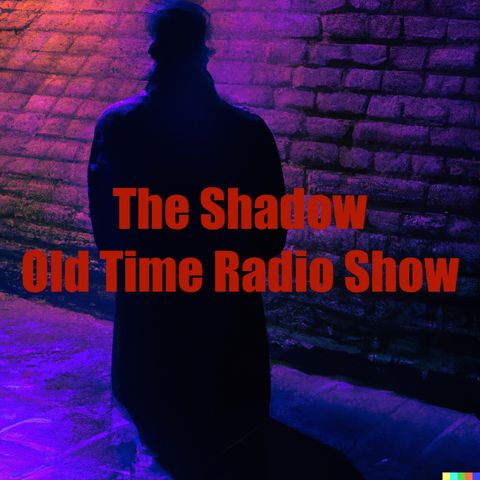4 ENE. 2024 · "The Shadow" was a popular American radio show that originally aired from 1930 to 1954. Created by Walter B. Gibson, the show featured the mysterious and enigmatic character known as "The Shadow." The character was first introduced as the host and narrator of the radio program, but he later became a crime-fighting vigilante with the power to cloud men's minds, making himself invisible to their sight.Here is a description of the show:Title: The ShadowPremiere Date: The series first aired on July 31, 1930.Format: The show was a radio drama that primarily featured crime, mystery, and suspense stories. It was known for its eerie and atmospheric storytelling.Main Character: The central character of the show was Lamont Cranston, a wealthy young man about town. However, Cranston also led a double life as "The Shadow." Using his ability to cloud men's minds and remain unseen, The Shadow fought against crime and injustice in the gritty urban landscape.Narration: The show was famous for its distinctive opening narration, delivered in a deep, haunting voice: "Who knows what evil lurks in the hearts of men? The Shadow knows!" This catchphrase became one of the most iconic lines in radio history.Cast: Numerous actors portrayed Lamont Cranston and The Shadow over the years. Orson Welles, one of the most celebrated figures in entertainment history, played The Shadow from 1937 to 1938, and his portrayal is often considered one of the most memorable.Episodes: "The Shadow" featured a wide range of thrilling adventures and mysteries. Each episode usually began with a crime or threat to society, and The Shadow would use his unique abilities to unravel the mystery, defeat the villains, and restore justice.Legacy: The radio show was immensely popular during its run and contributed significantly to the development of the superhero genre. The character of The Shadow also inspired a variety of other media adaptations, including novels, comics, films, and television series.While "The Shadow" radio show eventually ended its run in the mid-1950s, its legacy lives on, and it remains an important part of American radio history, known for its captivating storytelling and iconic character.


